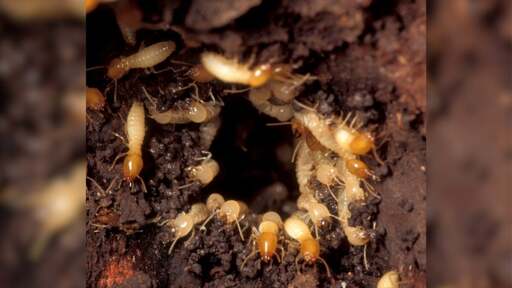In October 2024, the researchers discovered a full-blown hybrid colony in a Fort Lauderdale park, which had likely been active for more than five years before being detected. Chouvenc said that there are likely many more hundreds of colonies across South Florida that have not yet been found.
Both parent species are prolific breeders, capable of forming massive colonies and spreading rapidly. The fact that these hybrids are swarming—and potentially just as fertile—raises major red flags.
Fort Lauderdale’s status as a global boating hub may accelerate the spread. “This may be a Florida story now, but it likely won’t stay just in Florida,” Chouvenc warned. Private boats have previously been implicated in termite spread across the U.S. and internationally.



But is this hybrid then an even faster breeder, massiver colony maker, rapidlier spreader? Or maybe we’ll get lucky and turns out they are kinda lazy
If the hybrid population is fertile, it has at least as much survival fitness as the “best” of the parents. But probably more because it can couple advantageous traits from both for that environment.
So, in this case, it’s better to be pessimistic: they’ll be probably fast breeders, massive colony makers and rapid spreaders, since all those traits would help them to spread further.